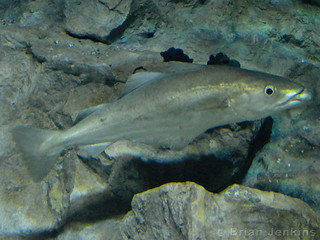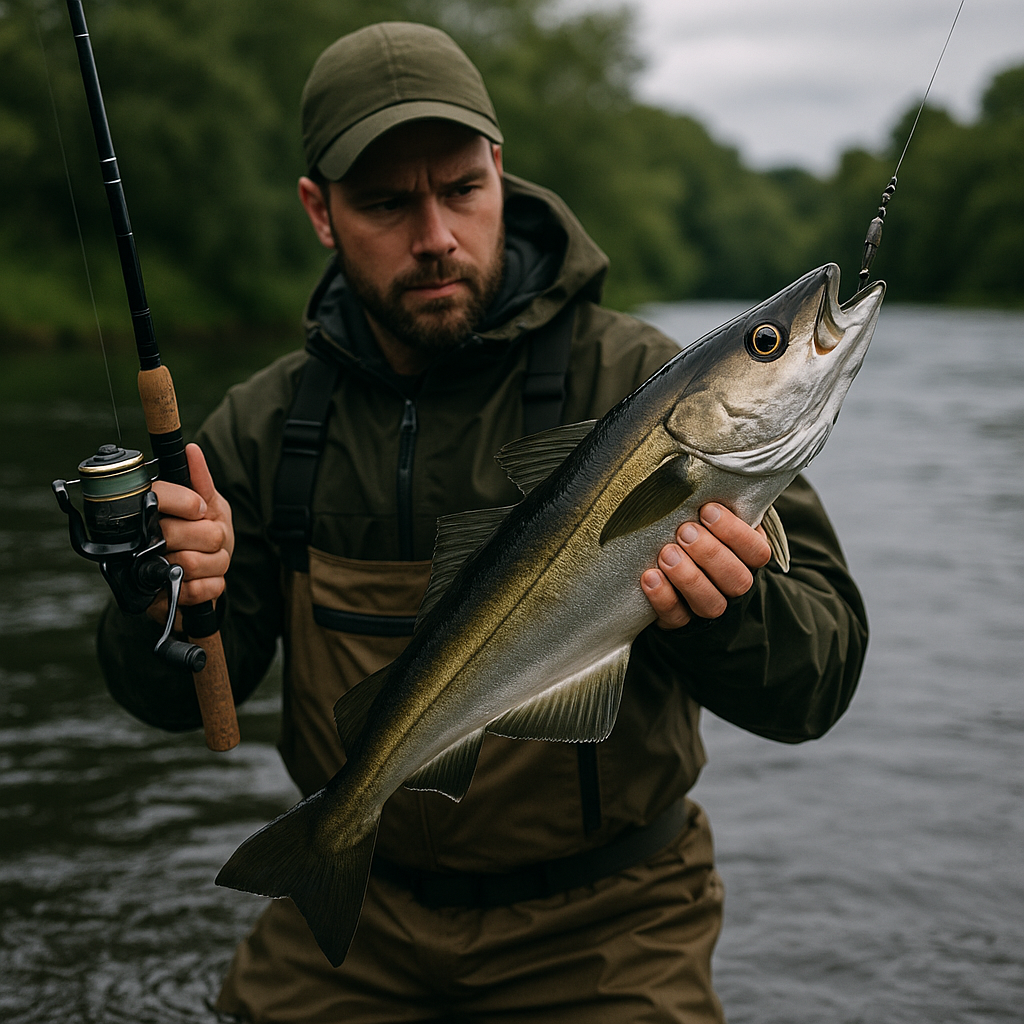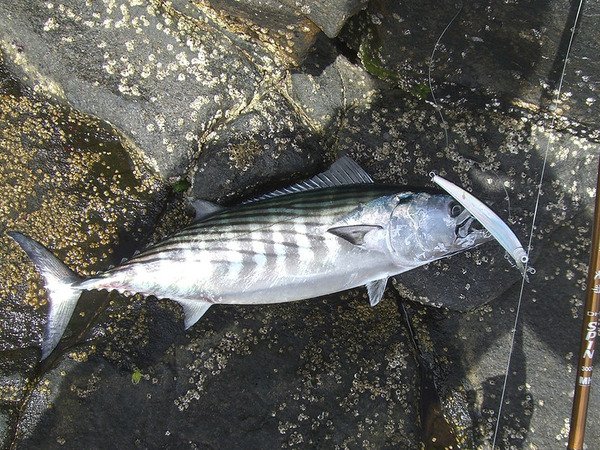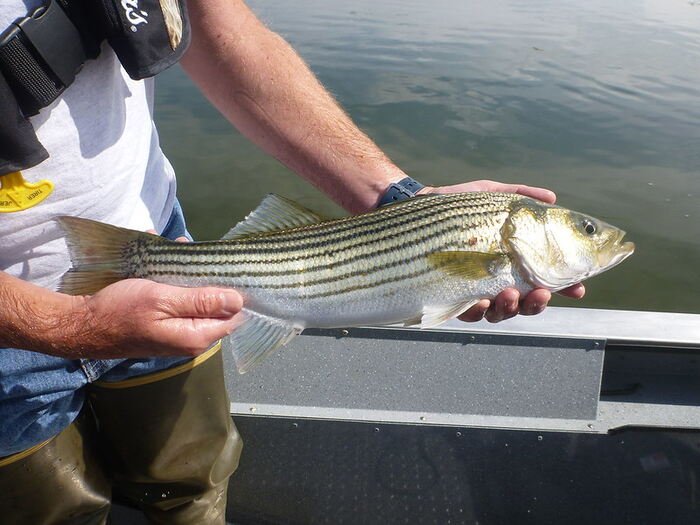Pollock fishing has long been considered a saltwater affair, especially in the rugged North Atlantic and the chillier coasts of the North Pacific. But for those of us who have spent enough time exploring the inland waters, we know that the variety of pollock, while less publicized, is every bit as thrilling. In this piece, I want to walk you through my journey, techniques, and deep-rooted knowledge of river pollock fishing, based on my years of hands-on experience.
Discovering River Pollock Fishing: A Hidden Gem
My journey into river pollock fishing started more as a curiosity. I’d been used to targeting trout, bass, and even the occasional catfish in freshwater systems. One day, while casting a jig along a deeper bend of a brackish river on the East Coast, I landed what looked like a juvenile cod. It turned out to be a young pollock that had traveled upstream. This discovery sparked a fascination in me.
River pollock aren’t the norm, but they show up in brackish estuaries, tidal rivers, and certain freshwater systems connected to the ocean. I quickly learned to identify their habits—what temperatures they preferred, where they hid, and how they fed.
Prime Locations: Where to Find River Pollock
Pollock in rivers love structure, just like their sea-dwelling cousins. They congregate near submerged rocks, undercut banks, pilings, and areas where the current shifts sharply. I’ve found most of my catches where salt meets freshwater, often in estuarine systems with strong tidal influence. The incoming tide tends to bring them upriver, and they follow schools of baitfish like herring, smelt, and juvenile mackerel.
I’ve had incredible success in rivers like the Merrimack in Massachusetts and the Kennebec in Maine. The key is knowing when the salinity rises just enough to invite them in.
Gear and Tackle: What I Use and Why
For river pollock, I’ve always opted for a medium to heavy spinning rod, usually around 7 to 8 feet long. The reel should be capable of holding at least 150 yards of 20–30 lb braided line. Braided line gives better sensitivity, especially when fishing deeper channels or around heavy structure.
Terminal tackle is just as critical. My go-to rig is a jig head between 1/2 oz to 1 oz, paired with a soft plastic shad or paddle-tail in natural baitfish colors. During dusk and dawn, I switch to bright or UV-reflective lures to increase visibility.
Pollock strike aggressively, so a fluorocarbon leader (15–20 lbs) helps prevent break-offs around rocks or pilings. I’ve lost some giants by skipping this step, so now it’s a non-negotiable part of my setup.
Techniques That Deliver Results

‘Over the years, I’ve fine-tuned a few techniques that consistently bring river pollock to hand:
Jigging in Deeper Pools
For deeper sections of the river, I’ve found that jigging works best. Cast upstream, allowing the jig to sink, then gently follow it with the rod tip. Small, controlled lifts and drops simulate an injured baitfish, which is irresistible to predatory pollock.
Float Drifting for Shallow Waters
In shallower parts of the river, float drifting with live bait—like ragworms or small bunker—can be incredibly effective. The natural drift mimics an easy meal for pollock. I typically position the bait a foot or two above the riverbed, allowing the current to carry it through the area.
Night Fishing for Pollock
Pollock tend to become more active when the light dims. For this reason, I often plan fishing trips around dusk or even after dark. Using glow-in-the-dark jig heads or lures with built-in rattles during these hours significantly increases strike chances.
Understanding Seasonal Behavior
The timing of your fishing trip matters a lot. River pollock are most active during the spring and fall when the water temperature is between 45°F and 60°F. During the summer, they move deeper into cooler waters, while in winter, they tend to follow schools of baitfish downstream or back to the ocean.
When planning trips, I always consult tidal charts. Pollock are more likely to bite during a moving tide, especially when it’s incoming, bringing both food and a change in salinity. I avoid slack tides because I’ve learned that pollock become almost inactive during those still periods.
The Fight: A Rewarding Challenge
Pollock is among the toughest fish I’ve had the privilege of battling. Their first strike can be intense, bending the rod tip sharply. They often dive straight for structure, and if you’re not quick on the draw, they’ll wrap you around it.
I’ve tussled with 6–8 lb pollock that made me think I was hooked into a striped bass! Their stamina and power keep the adrenaline pumping. One of my most memorable fights had me scrambling across slippery rocks in the dead of night, relying solely on moonlight and my headlamp.
Conservation and Ethics
With the rise in pollock interest, even in rivers, comes responsibility. I practice catch and release for most of my pollock, especially the larger breeding-size fish. When I do keep one for the table, it’s usually a mid-size fish, bled and iced immediately to preserve its delicate, flaky meat.
Using barbless hooks or crimping barbs is something I’ve adopted to reduce damage during release. I’ve also stopped using trebles entirely, especially in rivers where bycatch like stripers, bluefish, or even flounder might grab a lure.
Final Thoughts
River pollock fishing is a treasure not enough anglers talk about. It’s challenging, it’s rewarding, and it offers a whole new perspective on a species often associated with offshore boats and deep-sea jigging.
Through years of exploring, experimenting, and fine-tuning, I’ve come to truly respect these fish. The thrill of pulling a strong, aggressive pollock from a hidden river bend still gives me a rush. If you’re looking for something different, something that blends salt and fresh in an exciting way, river pollock fishing might just be your next obsession.
Tight lines, and may your next cast bring a surprise tug from the depths!


